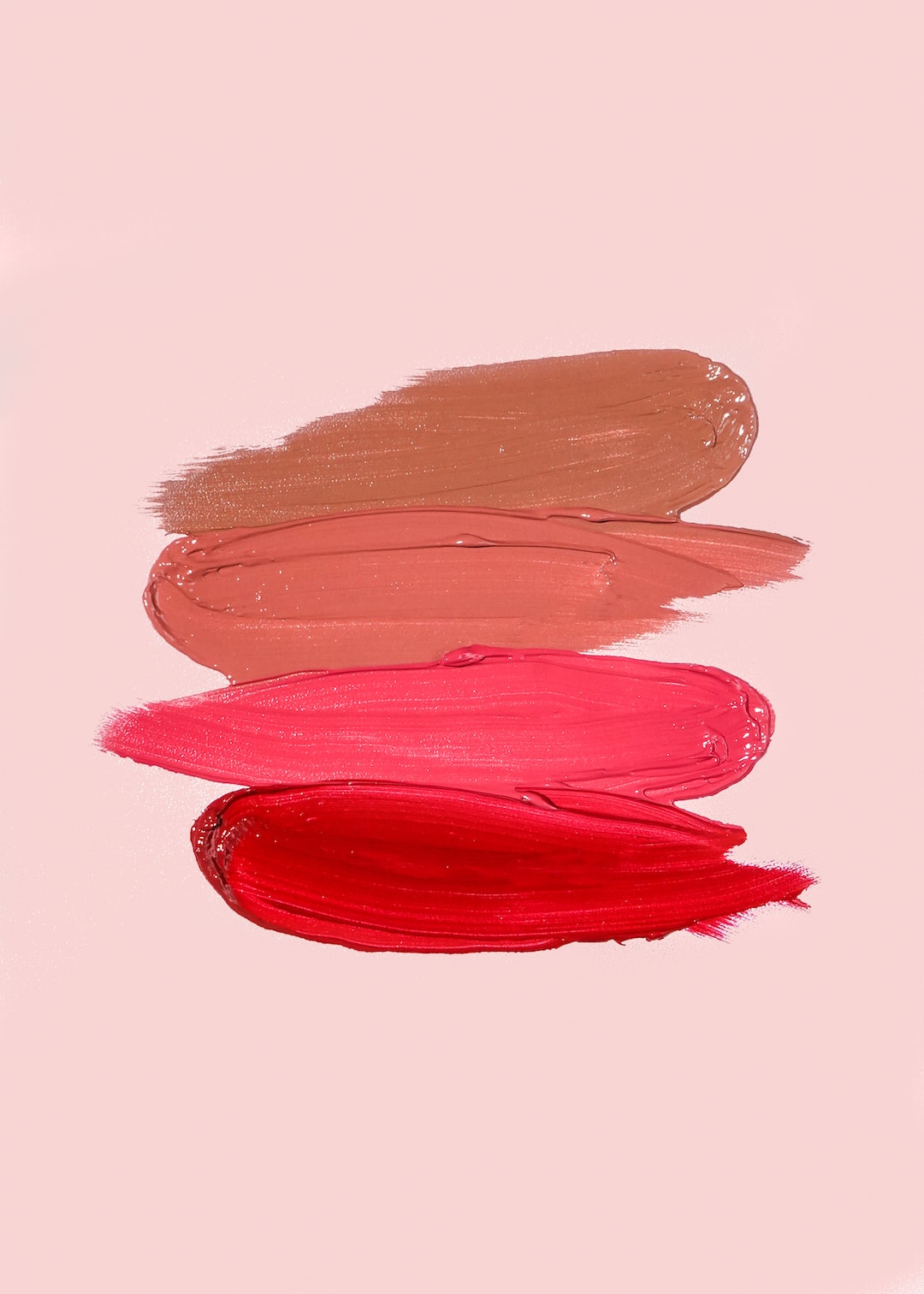The Ultimate Guide to Sunscreen: Protecting Your Skin from Harmful UV Rays
Sunscreen is not just a summertime essential; it should be a year-round staple in your skincare routine. As we all know, prolonged exposure to the sun’s harmful ultraviolet (UV) rays can lead to skin damage, premature aging, and even an increased risk of skin cancer. With so many options available in the market, finding the right sunscreen for your skin can be overwhelming. This ultimate guide to sunscreen will help you understand the basics and make an informed choice to protect your skin.
1. Understanding UV Rays: Before delving into sunscreen options, it’s crucial to comprehend the two types of UV rays that reach the earth’s surface: UVA and UVB. UVA rays are responsible for premature aging, while UVB rays cause sunburns. It’s important to select a sunscreen that provides broad-spectrum protection against both types.
2. SPF: Sun Protection Factor (SPF) indicates the level of protection against UVB rays. The higher the SPF, the longer you can stay in the sun without getting sunburned. However, it’s important to note that no sunscreen can offer 100% protection, regardless of the SPF. Dermatologists typically recommend using a broad-spectrum sunscreen with at least SPF 30.
3. Application and Reapplication: Applying sunscreen correctly is crucial for adequate protection. Experts recommend using about a shot glass worth of sunscreen to cover your entire body. Don’t forget commonly neglected areas like ears, eyelids, lips, and the back of your neck. Reapplication is equally important, especially after swimming, sweating, or spending extended periods outdoors.
4. Sunscreen Formats: Sunscreens are available in various formats, including lotions, creams, sprays, sticks, and even powders. Each format comes with its own advantages and considerations. Lotions and creams offer better coverage for larger body areas, while sprays and sticks are convenient for touch-ups and difficult-to-reach areas.
5. Ingredients: Choosing the right sunscreen includes understanding its ingredients. Look for active ingredients like zinc oxide and titanium dioxide, which are physical blockers that reflect UV rays away from the skin. These ingredients are gentle on the skin and suitable for all skin types.
6. Skin-Specific Sunscreens: Different skin types require different sunscreens. If you have oily or acne-prone skin, opt for non-comedogenic or oil-free sunscreens to avoid clogged pores. Dry skin benefits from moisturizing formulations, while sensitive skin may require fragrance-free or hypoallergenic options.
7. Additional Sun Protection: While sunscreen is an essential part of sun protection, it’s always beneficial to incorporate other measures. Seek shade during peak sun hours, wear protective clothing like hats and long-sleeved shirts, and don’t forget to wear sunglasses to protect your eyes from UV rays.
8. Sunscreen Myths: It’s important to dispel some common misconceptions surrounding sunscreen. Firstly, remember that tanning oils or coconut oil do not provide adequate sun protection. Additionally, the effectiveness of sunscreen is not enhanced by adding layers of multiple products. Stick to a single layer of a high SPF, broad-spectrum sunscreen for optimal protection.
9. Sunscreen for Children: Children have delicate skin that requires special attention. Opt for sunscreens specifically formulated for children, as they tend to be gentler and less likely to irritate their skin. Ensure the sunscreen is waterproof and reapply regularly, as children are more prone to spending extended periods in the sun.
10. Sunscreen Expiration: Sunscreens do have an expiration date. Check the bottle for the period after opening (PAO) symbol, which indicates the number of months the product remains effective after opening. Discard expired products to ensure maximum protection.
By incorporating sunscreen into your daily routine and following these guidelines, you can enjoy the sun responsibly while protecting your skin from harmful UV rays. Remember, prevention is the key to maintaining healthy, youthful-looking skin throughout the year.

